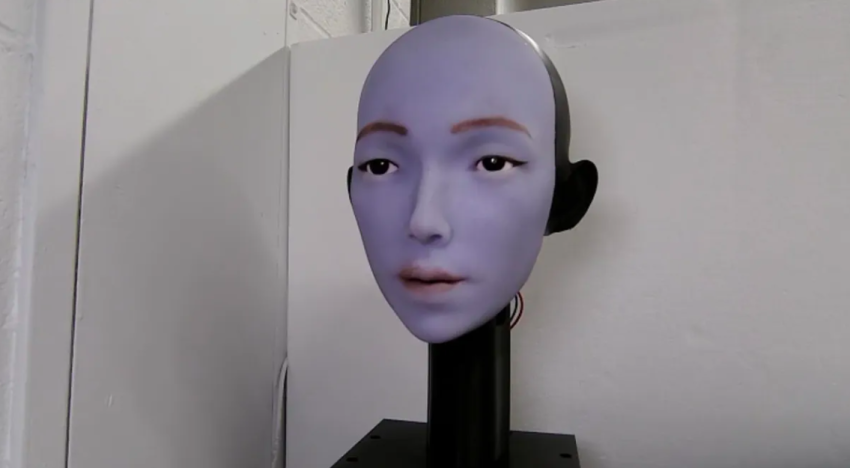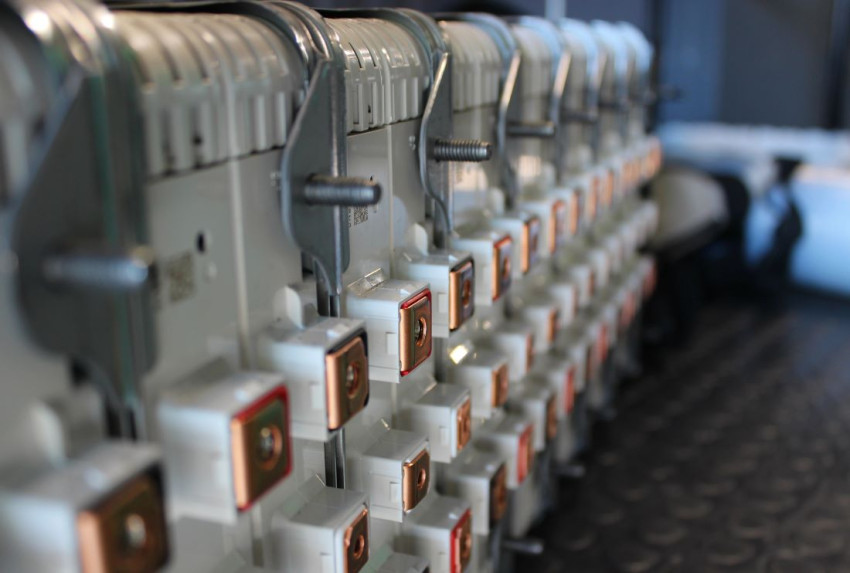
Green light for Ocean Cleanup – plastic collection gets underway
Tests with Systeem001 from Dutch company The Ocean Cleanup some 300 km off the coast of California have been completed successfully. The plastic collector is now on its way to the Great Pacific Garbage Patch, located 1,700 km further west, to start sweeping up its first batch of plastic.
Inventor and founder Boyan Slat gave the go-ahead on Thursday afternoon during the KIVI Waterbouwdag in Utrecht. ‘The system is functioning, so we're ready for the next step.’
The setup comprises a 600-metre-long flexible plastic tube that floats on the water, suspending a screen that hangs three metres deep in the water and is held in place using weights. It doesn't have its own propulsion, but rather has to take on a sort of U-shape to collect the floating plastic. Four weeks ago, Systeem001 departed San Francisco Bay.
All lights are green
The tests 300 kilometres off the coast focused specifically on the following issues:
- will the system actually be propelled by wind and waves in practice? After all, this motion is essential to collecting the plastic.
- does the system take on the U-shape on its own?
- is the construction sturdy enough to cope with storm waves too?
‘The answer to all these questions is positive, so all the lights are green. Which is why we took the decision yesterday to go to the Great Pacific Garbage Patch, where some 100,000 tons of floating plastic are waiting to be collected,’ says Slat.
Ultimate moment
And that represents the ultimate moment for The Ocean Cleanup: is Systeem001 indeed able to collect plastic, and then keep hold of that plastic until a ship comes to pick it up and remove it. At the test site 300 kilometres off the coast, there’s no plastic in the sea.
So for Slat too, this is the most uncertain phase of the project. ‘It's very complex to model the interaction between the plastic and our system. We have of course done trials in test pools, but the reality on the ocean is always going to be a different matter altogether.’
Questions that still need answering include: will waves drive the plastic over the tube or below the screen? What is the impact of shorter ocean waves on the behaviour of the captured plastic? What will be the interaction between the screen, the plastic and the waves? Although there are 50 kg weights hanging under the screen every metre, the water column on each side is a lot heavier.
In two weeks
The goal is to have the system positioned in the Great Pacific Garbage Patch in two weeks, some 2,000 km off the coast, and then to release it. Slat: ‘The following weeks should make it clear how well the plastic is being captured.’
The storm resilience has already been partially tested. ‘In the beginning we already had waves of some 3 to 4 metres, and the system was completely unfazed.’ But in the area of the ocean where the plastic is floating, 13-metre waves are not unknown. ‘We'll only know whether our system can cope with these too after the winter season.’
Sixty systems
If this method of plastic collection proves successful, then up to a further sixty of this type of system will be built to capture all the plastic in the Great Pacific Garbage Patch – which covers a surface area three times the size of France. ‘Our engineers are of course already creating systems that are even larger and more efficient.’
If you found this article interesting, subscribe for free to our weekly newsletter!
Opening image: The tube with the screen takes on a U-shape. Photo: The Ocean Cleanup.







